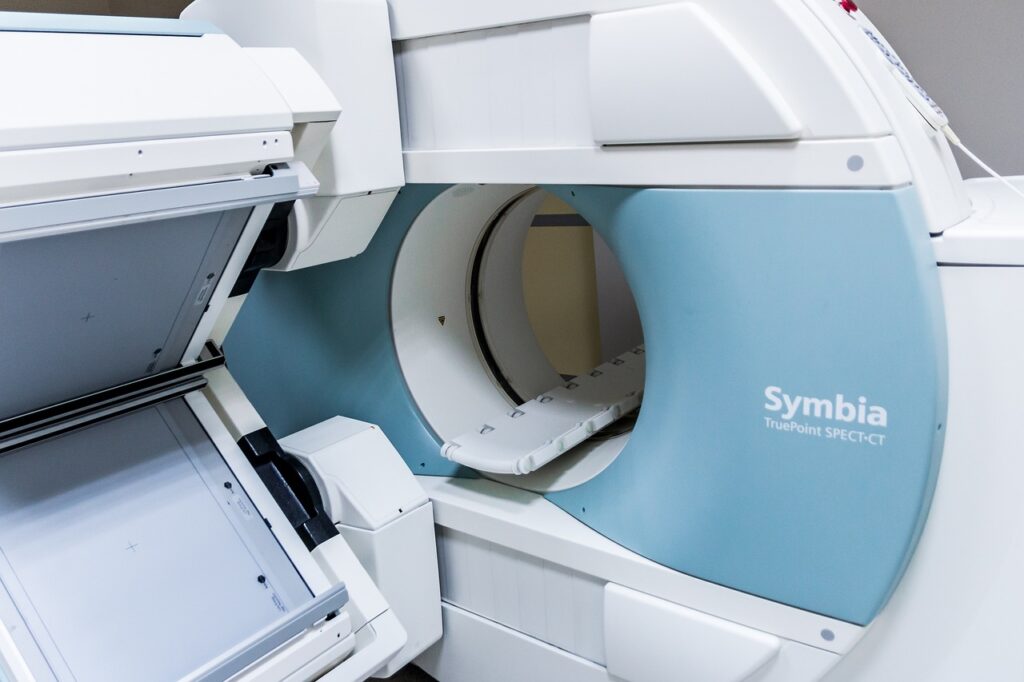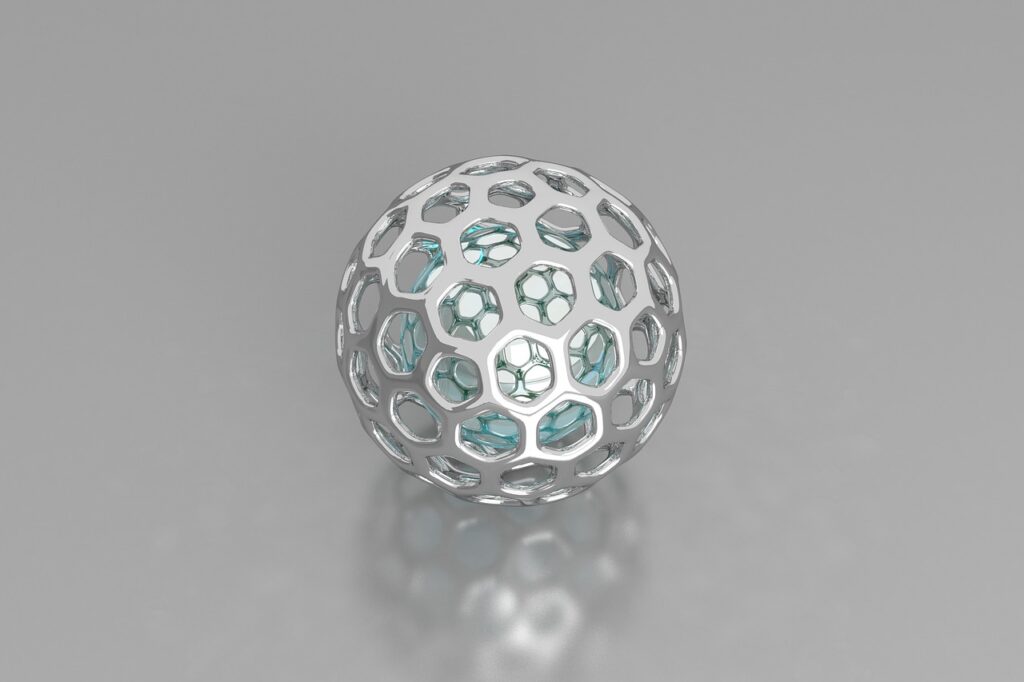Coordination compounds, also referred as complex compounds, are vital to many parts of daily life, including business, health, and even the natural world. These compounds are made up of a core metal atom or ion bound to ligands (a group, ion, or molecule coordinated to a central atom or molecule in a complex,
Examples of common ligands are the neutral molecules water (H2O), ammonia (NH3), and carbon monoxide (CO), which are neighboring molecules or ions. Coordination compounds are extremely flexible and effective in a wide range of applications due to their exceptional features.
Following are the points of coordination compounds in daily life:-
1. Medicine and Healthcare
Application of coordination compounds in medicine is its most important uses. A good example is the platinum-based coordination chemical cisplatin- (A drug used alone or with other drugs to treat certain types of bladder cancer, ovarian cancer, and testicular cancer.), which is used in chemotherapy. Cisplatin is frequently used to treat a variety of malignancies.
It acts by attaching itself to the DNA of cancerous cells, creating cross-links that stop DNA replication and ultimately cause the cell to die. Cisplatin is an effective chemotherapeutic medication because it can target cancer cells specifically while sparing the majority of normal cells.
Gadolinium(III) complexes, the contrast agent utilised in MRI scans, are another important coordination molecule in medicine. By changing the magnetic characteristics of surrounding water molecules in the body, these substances improve image contrast and enable highly precise interior structure visualisation for medical professionals.

Even cobalt-containing vitamins like B12, which are coordination compounds, are essential for a number of biological activities like DNA synthesis and red blood cell creation.
2. Industrial Applications
Industrial processes also make extensive use of coordination chemicals. Many coordination compounds are used as catalysts in chemical reactions. The utilisation of coordination complexes in the Haber process, which produces ammonia is required for the production of fertilizers.
An iron complex serves as the process’s active catalyst, making possible for high-pressure and high-temperature conversion of nitrogen and hydrogen gasses into ammonia.
Coordination compounds are used as mordants in the textile industry, which is the process of fixing dyes onto cloth. For example, chromium complexes have long been used to bind dyes to wool so that the color stays bright and resilient to washing and light exposure.
3. Role in Nature
Coordination compounds are found in many applications in nature as well as in man-made materials. Molecule that carries oxygen in red blood cells, hemoglobin, is a well-known illustration of a coordination complex.
Because of its coordination with a heme group, iron ions can bind oxygen in the lungs and release it into tissues as required. For the majority of aerobic creatures to survive, this mechanism is essential.

Through its ability to absorb light energy and transform it into chemical energy, the porphyrin ring, which is connected to the magnesium ion at the heart of the chlorophyll molecule, is essential to photosynthesis.
4. Food and Nutrition
Coordination chemicals are very important in our daily diet. For example, coordination complexes contain a large number of metal ions that are necessary for human nutrition. Heme iron from meat or non-heme iron from plants are examples of iron coordination complexes, which are common forms of iron consumption.
Iron is a vital component needed for blood synthesis. These complexes are absorbed by the body more quickly than free iron ions.
Zinc is frequently found in dietary supplements in coordination compounds such as zinc acetate or zinc gluconate. By increasing zinc’s bioavailability, these complexes make it possible for the body to use this crucial element more efficiently.
5. Environmental Applications
Applications of coordination compounds in environmental research are also quite important. They are used in procedures meant to rid the environment of hazardous metals.
One class of coordination compound is chelating agent, it may attach itself to heavy metals such as lead, mercury, and cadmium to create stable complexes that are easier to extract from soil or water. Coordination chemicals are often used in Chelation treatment is another method used in medicine to treat human heavy metal toxicity.
Coordination compounds are also used in wastewater treatment. To precipitate and remove phosphates from wastewater, complexes of metals like iron and aluminum are used.
This helps prevent eutrophication (Eutrophication may be defined as the inorganic nutrient enrichment of natural waters, leading to increased production of algae and macrophytes.), a process that causes excessive development of algae in water bodies and can seriously disturb aquatic ecosystems.

Note
Coordination compounds offer so many advantages in a wide range of industries, and play a vital role in our daily lives. These chemicals exhibit amazing flexibility and relevance, from their presence in natural biological systems and environmental protection to their vital functions in healthcare and industrial operations.
Function of coordination compounds enables us to recognise the science behind numerous common place procedures and technological advancements.
Coordination compounds, is also known as complex compounds, are made up of a core metal atom or ion that is joined to ligands, or neighboring molecules or ions. Their diverse applications in medical (e.g., chemotherapeutic treatments), business (e.g., catalysts in chemical reactions), and nature (e.g., hemoglobin and chlorophyll) make them important in day-to-day living.
Coordination compounds are mostly used as medicinal and diagnostic tools. For example, cisplatin, a coordination molecule based on platinum, is frequently used in chemotherapy to treat different types of cancer. In MRI examinations, gadolinium complexes are used as contrast agents to improve image quality. It is required for red blood cell production
Coordination compounds are found in many parts of nature. Red blood cells contain hemoglobin, a coordination molecule with an iron ion in its core that carries oxygen throughout the body. It releases oxygen into tissues after binding to it in the lungs. With a magnesium ion at its center, chlorophyll, the green pigment found in plants, is one of the coordination molecule that is essential to photosynthesis.
Heavy metals like lead and mercury can bind to coordination compounds, also known as chelating agents, to form stable complexes. This process helps to avoid environmental contamination in addition to being used in medicine to treat human heavy metal toxicity.
Coordination compounds are frequently used in industry as catalysts to quicken chemical reactions, as the Haber process for production of ammonia, which is necessary for fertilizers. In order to ensure colorfastness, they are also utilised as mordants in the textile sector to fix dyes onto materials. These substances are essential to manufacturing and production because they increase productivity and effectiveness in a range of industrial operations.